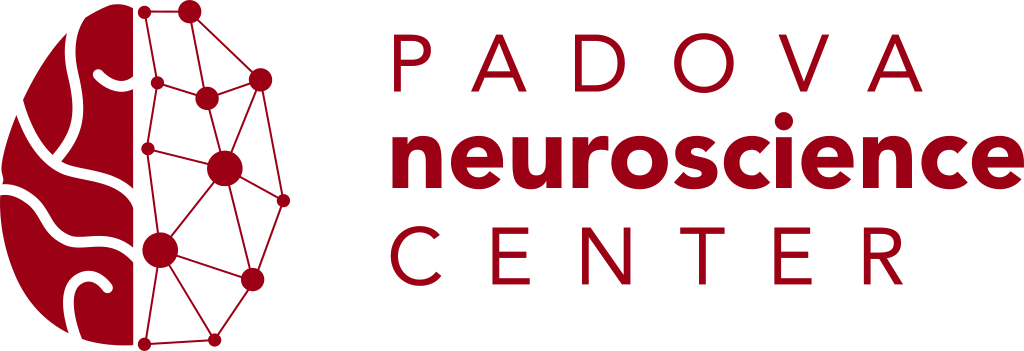by Prof. David Spiegel, M.D., Stanford University School of Medicine
When: April 17, 2025, at 3:45 pm
Where: Sala Seminari VIMM (Fondazione per la Ricerca Biomedica Avanzata Onlus, Via Orus 2, Padova)
Abstract: Hypnosis is the first Western conceptualization of psychotherapy, yet it remains underutilized, misunderstood, and disrespected as it was during its early years in the late 18th Century in France, where it was dismissed as “nothing but heated imagination.”
I will review recent developments in our understanding of the neural basis of hypnosis, which illuminates how it works to mobilize natural aspects of brain function to enhance motivation and ability to change. Hypnosis involves highly focused attention, coupled with dissociation of aspects of awareness, an increase in cognitive flexibility, and an enhanced ability to modulate perception. Considerable evidence has emerged regarding underlying brain mechanisms, including studies employing event-related potentials, PET and fMRI. Our recent resting state fMRI data demonstrate functional connectivity between the executive control and salience networks among high but not low hypnotizable individuals. The hypnotic state involves reduced activity in the dorsal anterior cingulate cortex (key region in the salience network), heightened functional connectivity between the left dorsolateral prefrontal cortex (executive control network) and the insula, and inverse functional connectivity between the left DLPFC and the posterior cingulate cortex, part of the default mode network. The hypnotic ability to modulate perception has clear clinical application, especially in pain and anxiety control. Randomized clinical trials that we have conducted demonstrate the efficacy of hypnosis in reducing pain, anxiety, somatic complications, and procedure duration during radiological interventions. It has been shown to reduce pain for women with metastatic breast cancer by 50% over the course of a year on similar analgesic medication regimens to those of controls.
We have decided to make hypnosis as widely available as possible by developing a digital interactive hypnosis app, Reveri, downloadable from the App Store and Google Play, with automated programs for testing hypnotizability, and learning how to better cope with stress, focus, pain, insomnia, eating, drinking, and smoking problems. We have had some 850,000 downloads from 130 countries, with 27,000 active users at any one time. Four out of five experience immediate reduction in pain and stress. One out of four quit smoking after one use. The time has indeed come to liberate hypnosis from the prison of misunderstanding in which it has languished and widely disseminate its proven benefits.


